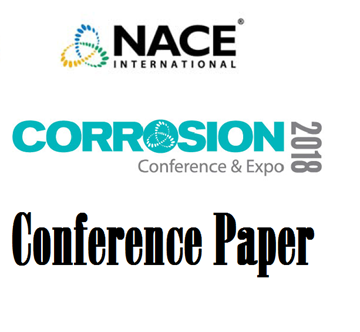Search
Test Method
View as
Sort by
Display
per page
51318-10876-MEANINGFUL TESTS FOR THE QUALITY OF DUPLEX STAINLESS STEELS
Product Number:
51318-10876-SG
Publication Date:
2018
$20.00
51318-11018-Advancement in Cathodic Disbondment Test Standard- NACE TM0115
Product Number:
51318-11018-SG
Publication Date:
2018
$20.00
51318-11040-Electrochemical noise measurements with dummy cells: Evaluation of a round-robin test series
Product Number:
51318-11040-SG
Publication Date:
2018
$20.00
51318-11042-Electrochemical Noise - Guidance for Improving Measurements and Data Analysis
Product Number:
51318-11042-SG
Publication Date:
2018
$20.00
51318-11129-The effect of side-groove configuration on NACE TM0177 DCB elastic compliance
Product Number:
51318-11129-SG
Publication Date:
2018
$20.00
51318-11243-Applicability of ASTM G28 testing
Product Number:
51318-11243-SG
Publication Date:
2018
$20.00
51318-11654-Corrosion Inhibitor Screening - Impact of Test Approaches & Conditions on Performance
Product Number:
51318-11654-SG
Publication Date:
2018
$20.00
51318-11662-DNA sequencing of oilfield samples: impact of protocol choices on the microbiological conclusions
Product Number:
51318-11662-SG
Publication Date:
2018
$20.00
A Novel Alternative Surface Preparation for Duplex Coating of Galvanized Steel
Product Number:
41213-783-SG
Publication Date:
2013
$20.00
AMPP TM21476-2024, Methods for Calculation of Bulk Solution pH Value in Brines Containing Acid Gases and Organic Acids
Product Number:
AMPP TM21476-2024
Publication Date:
2024
$109.00
AMPP TM21549-2024, Test Method for Assessing the Impact of an Insulation Material on Corrosion Under Insulation
Product Number:
AMPP TM21549-2024
Publication Date:
2024
$109.00
AMPP TM21612-2022, Liquid-Applied Coating Performance Test Methods for Offshore Structures
Product Number:
AMPP TM21612-2022
Publication Date:
2022
$109.00












